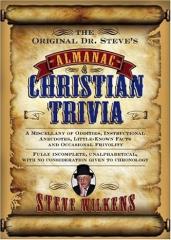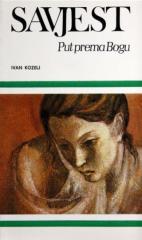
Kršćanstvo prije Krista?
"Qumran writings" or "Dead Sea Scrolls" represent one of the greatest discoveries of the 20th century, which lead to the revision of some overly simplified atheistic understandings.
In the spring of 1947, an incredible discovery took place in the area of Qumran (on the northwestern shore of the Dead Sea). As in one of the Eastern stories, a young shepherd, looking for sheep, came to the entrance to an unknown cave. When his eyes adjusted to the darkness, he realized that there were carefully arranged jars in front of him. The first thing that came to his mind was that there might be a hidden treasure in them, gold that would ensure a comfortable future for him. But after he opened some of the jars, his disappointment was endless. None of the great wealth he dreamed of, just old writings full of dust. It was a historic discovery that would soon cause a world sensation and start many controversies. The first seven scrolls found by the shepherds soon ended up at the Hebrew University in Jerusalem, and excited scientists from all over the world flocked to Qumran and began exploring the other surrounding caves.
After the Qumran commentaries on the book of the prophet Habakkuk and after the Rulebook of Communion, it is difficult to claim that the gospels are a mere fabrication from a historical point of view and that there never was such a historical figure as Jesus Christ, because there are no reliable documents from that time. Today we have undoubtedly authentic documents that as early as the first century before our era, the leaders of a small sect called the Teachers of Righteousness lived on the shores of the Dead Sea, who had their own special ideas about God and religion, and were constantly in conflict with the central institutions of the Jewish faith in Jerusalem . Is it difficult to assume that one of those Teachers, or perhaps one of their successors, came to Jerusalem itself to experience something of the fate described in the Gospels?
One copy is available





